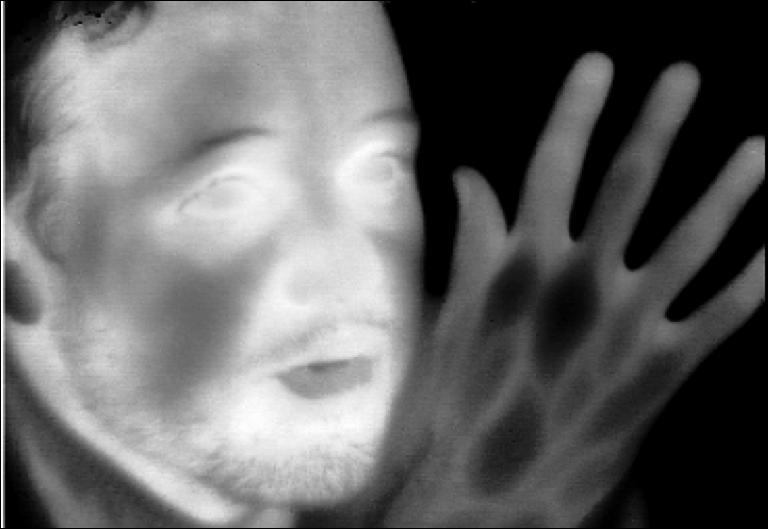Nanocapsules reduced the blood alcohol levels in the drunken mice.
Intoxicated mice were injected with a nanocapsule containing enzymes that are instrumental in alcohol metabolism. The nanocapsules reduced the blood alcohol levels in the mice. The treatment demonstrates a novel drug delivery technology that could have broad medical applications.
Continue reading… “Scientists sober up drunken mice with nanocapsules”











